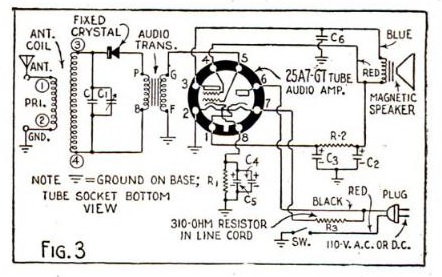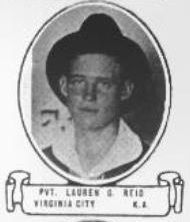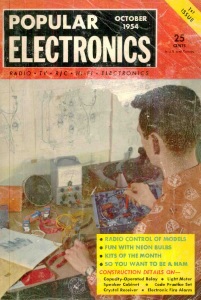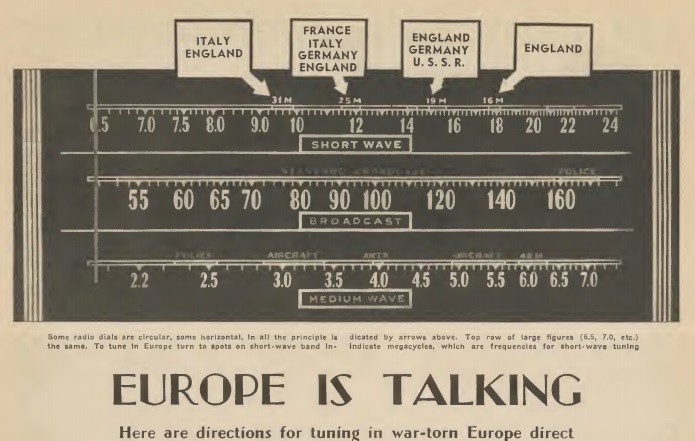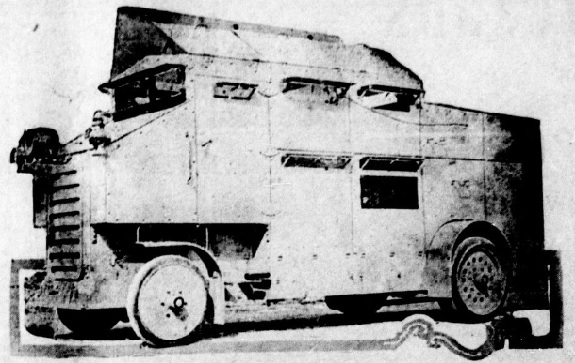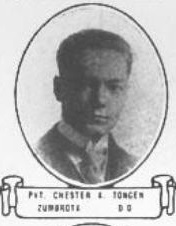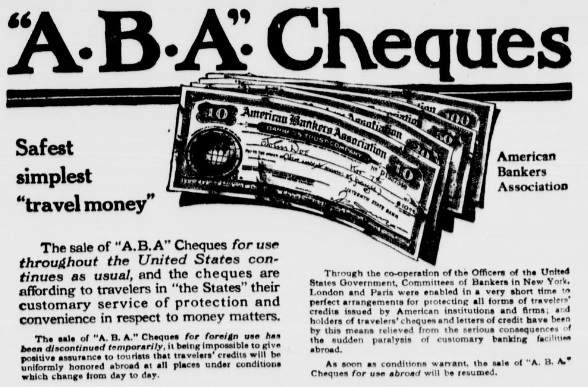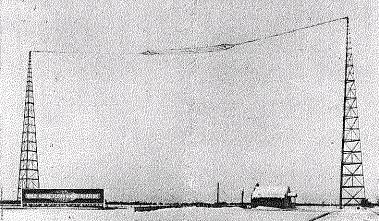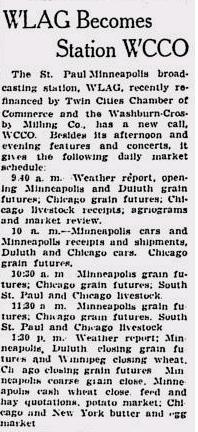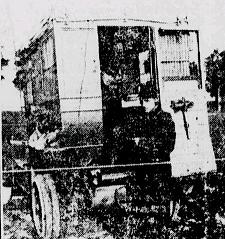I guess if you really had your heart set on building a one-tube radio 75 years ago, this one might provide some amusement. It’s from Popular Mecahnics, October 1939. It is, indeed, a radio, and it has one tube.
As you can see from the circuit, it’s basically a crystal set with an audio amplifier. The audio amplifier uses a 25A7GT, which is a pentode and rectifier in the same glass. To run the 25 volt filament from 110 volts, it relies on a line-cord resistor. The cord to the set does double duty: In addition to supplying 110 volts for the B+, it has a second conductor made of resistance wire to power the filament, and just maybe set fire to the curtains if it gets too close. In fact, this type of line cord was popularly known as the curtain burner. And as you can see, the chassis is “hot.” If the switch is turned on, there’s a 50/50 chance that you would get zapped by 110 volts if you touched the chassis while also touching anything that was grounded. (According to the pictorial diagram, the antenna ground is not hooked to the chassis, so it wouldn’t provide any safety).
Like any crystal set, the radio requires an external antenna and ground. It has no main tuning condenser. Instead, “the set is designed primarily to receive the ‘best’ broadcast station in any given area,” and you just tuned it once with a small trimmer condenser.
There’s no volume control, but if that station comes in too loud, you can just detune it a little bit.
If you want to build a replica of a vintage one-tube radio, there are probably a lot better choices. But for a beginner 75 years ago who wanted to work his way up from a crystal set, this one was certainly an option. I just hope that his parents warned him to keep the thing away from the curtains and not plug it in near the bathtub.

